How To See If Sd Card Is Working?
Understanding how to check if an SD card is working properly is crucial for anyone who relies on these compact storage devices for saving important data, whether it's for a camera, smartphone, or other electronic devices. The efficiency of your SD card can significantly impact your digital life, and verifying its functionality can save you from unexpected data loss. Through this guide, we aim to walk you through various methods to determine if your SD card is functioning correctly.
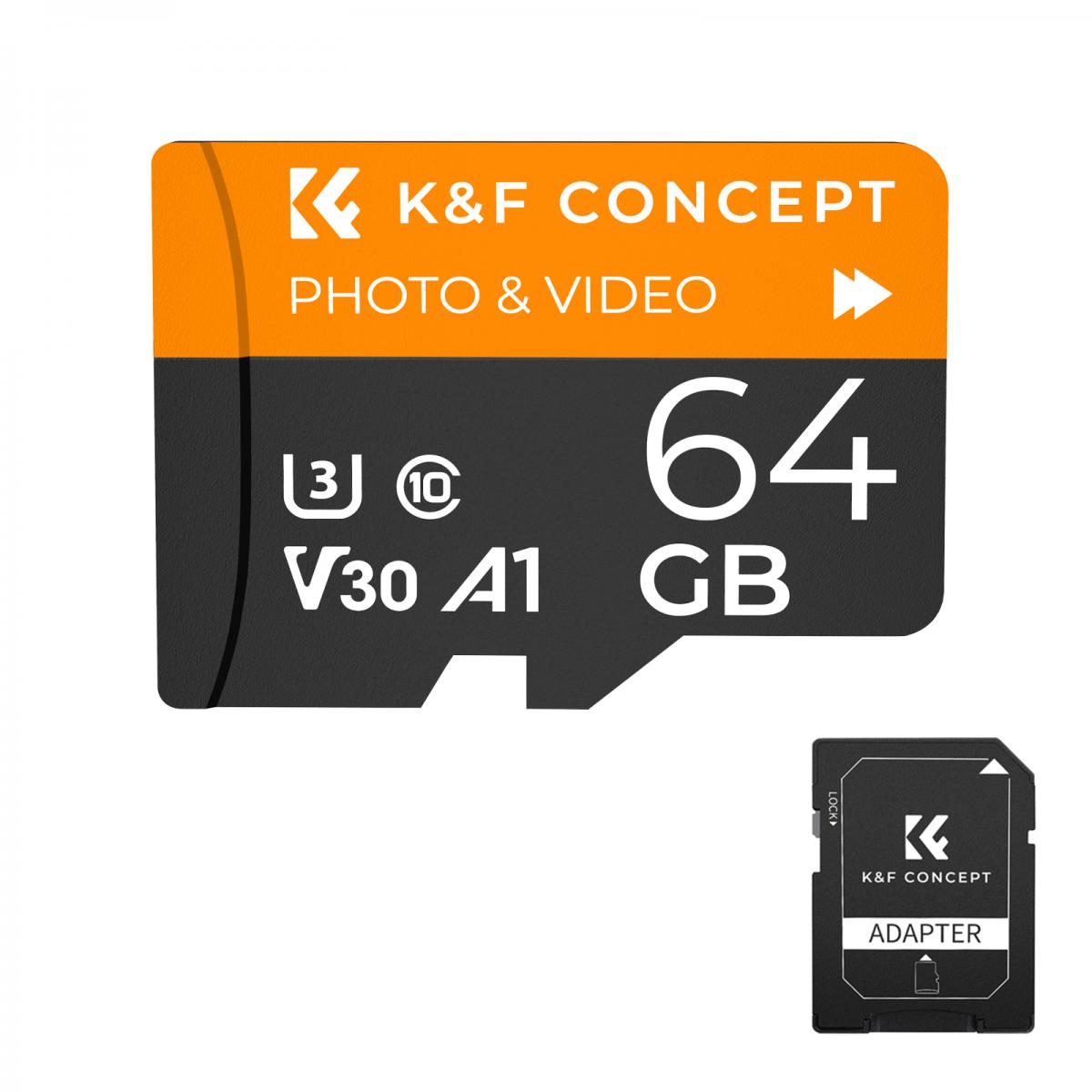
Common Signs of a Faulty SD Card
Before diving into the diagnostic methods, it's important to recognize the symptoms of an SD card that may be malfunctioning:
1. Read/Write Errors: The device frequently displays error messages when trying to access or save data.
2. Inaccessibility: The device does not recognize the card or prompts you to format it.
3. Slow Performance: Noticeable delays in data transfer or accessing files.
4. File Corruption: Files become corrupted or unusable after being saved.
Methods to Check if an SD Card is Working
1. Visual Inspection
Before using software tools, a good first step is to perform a visual inspection of the SD card:
- Physical Damage: Check for any visible damage, such as cracks, bends, or scratches.
- Clean Connectors: Ensure the contact points (gold connectors) are clean and free from dust or dirt. If necessary, gently clean them with an eraser or a soft cloth.
2. Test in Different Devices
One simple way to determine if the issue is with the SD card or the device is to test the card in multiple devices:
- Smartphones: Insert the SD card into a different smartphone to see if it is recognized.
- Cameras: Try using the SD card in a different camera.
- Card Readers: Use a USB card reader to check if your computer recognizes the card.
3. Check via File Explorer (Windows/Mac)
Use File Explorer (Windows) or Finder (Mac) to see if your computer can detect the SD card:
- Insert the SD card into the card reader or USB port.
- Open File Explorer/Finder to see if the SD card appears as an external drive.
- Try to access the files on the SD card. If you can read and write to the card without issues, it is likely functioning correctly.
4. Disk Management (Windows)
Windows users can utilize the Disk Management tool to diagnose issues:
- Open Disk Management: Right-click on the Start button and select 'Disk Management'.
- Locate the SD Card: Find your SD card in the list of drives.
- Check Status: The card should display as 'Healthy'. If it appears as 'Not Initialized' or shows other file system errors, there might be a problem.
5. Using the Disk Utility Tool (Mac)
Mac users can use the Disk Utility tool to check the health of their SD card:
- Open Disk Utility: Go to Applications > Utilities > Disk Utility.
- Locate the SD Card: Select your SD card from the list of drives.
- First Aid: Use the 'First Aid' feature to check and repair the disk.
6. Command-Line Tools
For advanced users, command-line tools can provide more detailed diagnostics:
- chkdsk (Windows): Run the chkdsk command to check the file system and file structure for errors.
```shell
chkdsk X: /f
```
Replace 'X' with the letter of your SD card drive.
- fsck (Mac/Linux): Use the fsck command to check the health of the file system.
```shell
sudo fsck /dev/disk2
```
Replace '/dev/disk2' with the appropriate disk identifier for your SD card.
7. Specialized Software
Several third-party software tools can provide more in-depth analysis and repair options for SD cards:
- SD Insight (Android App): Verifies the authenticity and health of an SD card on Android devices.
- H2testw (Windows): Tests the read and write speed and checks for errors by writing and later reading a test pattern.
- Blackmagic Disk Speed Test (Mac): Measures the speed of your SD card.
Preventive Measures
Ultimately, ensuring your SD card continues to work effectively involves a combination of regular checks and best practices:
- Regular Backups: Always keep a backup of important data stored on your SD card to prevent loss due to card failure.
- Proper Ejection: Always use the 'Safely Remove Hardware' option or 'Eject' to avoid corrupting data.
- Avoid Filling to Capacity: Keeping a bit of free space can help maintain performance and longevity.
- Use Quality Cards: Investing in reputable brands may reduce the likelihood of encountering problems.
Concluding Thoughts
While SD cards are robust and versatile, they are not immune to issues. By following the steps outlined above, you can better diagnose and confirm whether your SD card is working properly. Regular maintenance and checks will not only help you avoid sudden failures but also ensure you get the most out of your storage devices. Whether you use them for professional photography, storing critical data, or expanding the memory on your smartphone, knowing how to manage and troubleshoot your SD cards is an invaluable skill set.
Remember, a proactive approach, combined with regular data backups, can go a long way in keeping your digital life running smoothly.





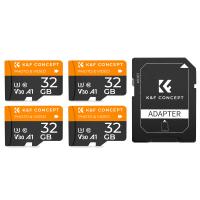
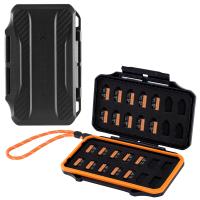
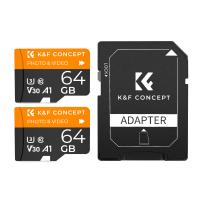





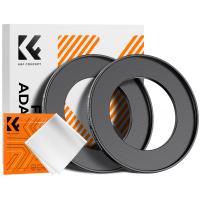
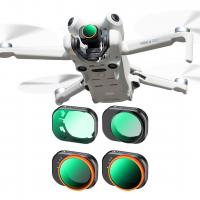
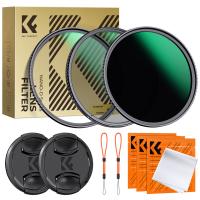
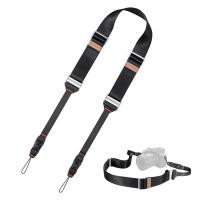
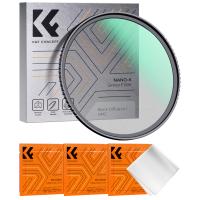
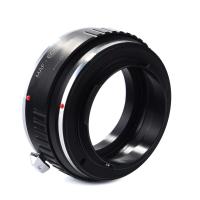

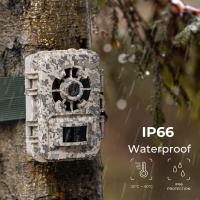
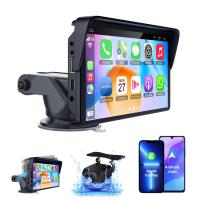

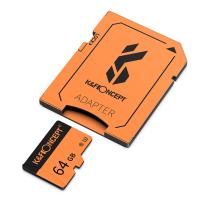

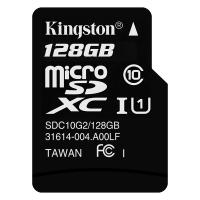
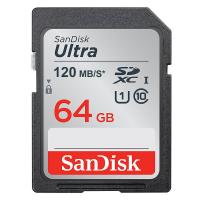




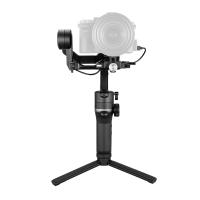

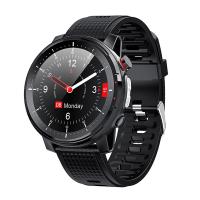



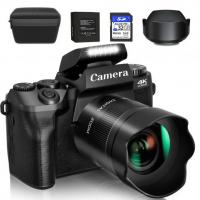

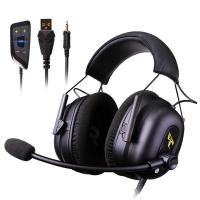
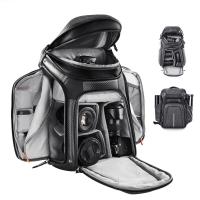
There are no comments for this blog.